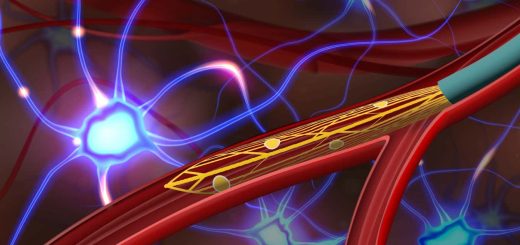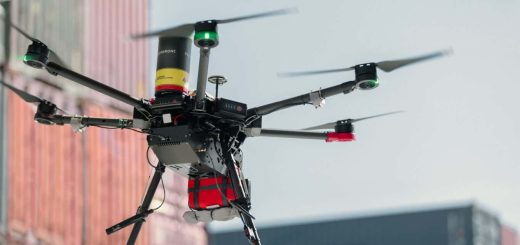Can we stop big tech from controlling the internet with AI agents?
With tech giants like Google developing ways for AI models to communicate and work together, there are fears that smaller players could get left behind in the rush to unleash AI agents on the internet
By Chris Stokel-Walker
11 June 2025
Autonomous AI agents could soon be communicating across the internet
Outflow Designs/iStockphoto/Getty Images
What does the future of the internet look like? If AI firms get their way, the once-open web could be fractured into digital silos dominated by commercial AI models, leaving hobbyists and small businesses behind. To prevent this, a team of grassroots researchers is planning to fight back and ensure an open approach to AI.
At the heart of this battle is the concept of an AI “agent”, a piece of software that browses the web and interacts with websites according to the instructions of a human user – for example, planning and booking a holiday. Many people see agents as the next evolution of services like ChatGPT, but getting them to work is proving tricky. That is because the web was built for human use, and developers are realising that AI agents need specialised protocols to better interact with online data, services and each other.
Read more
Google creates self-replicating life from digital 'primordial soup'
“The idea is to build infrastructure so there’s a way for software-like bots, which we call AI agents, to communicate with each other,” says Catherine Flick at the University of Staffordshire, UK.
Several competing solutions to this problem have already been developed. For example, Anthropic, the company behind the Claude chatbot, has developed the Model Context Protocol (MCP), which standardises how AI models connect to different data sources and tools. In April, Google announced its own version of such a concept, the Agent2Agent (A2A) protocol.
These approaches are slightly different. MCP standardises the way an AI model plugs into external data stores and tools, giving assistants a secure, universal channel for two-way connections – think of it like being able to send someone a message when you know their phone number or email address. A2A goes one step further, allowing autonomous agents to discover one another, exchange information and coordinate tasks – a bit like being in a group chat.


